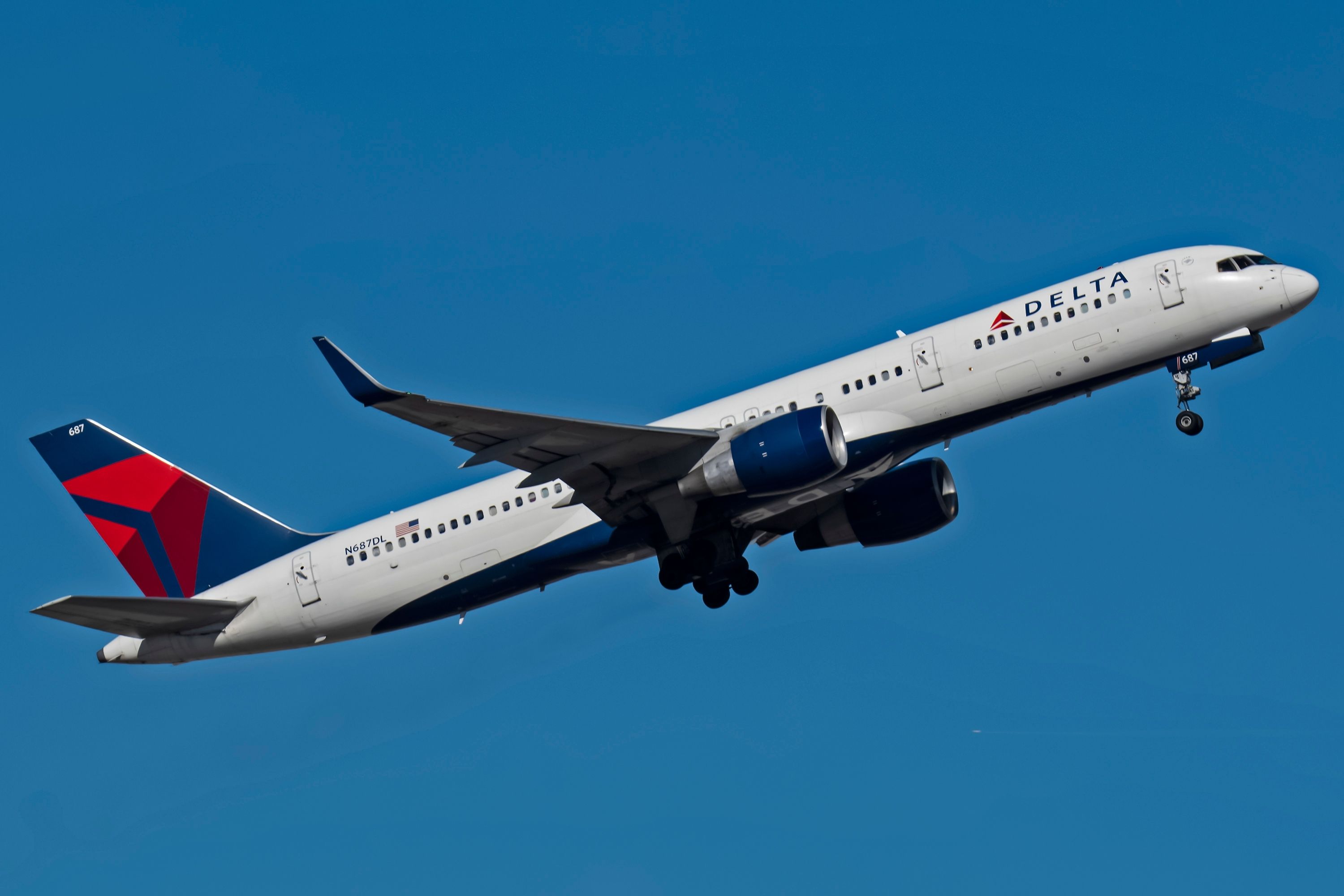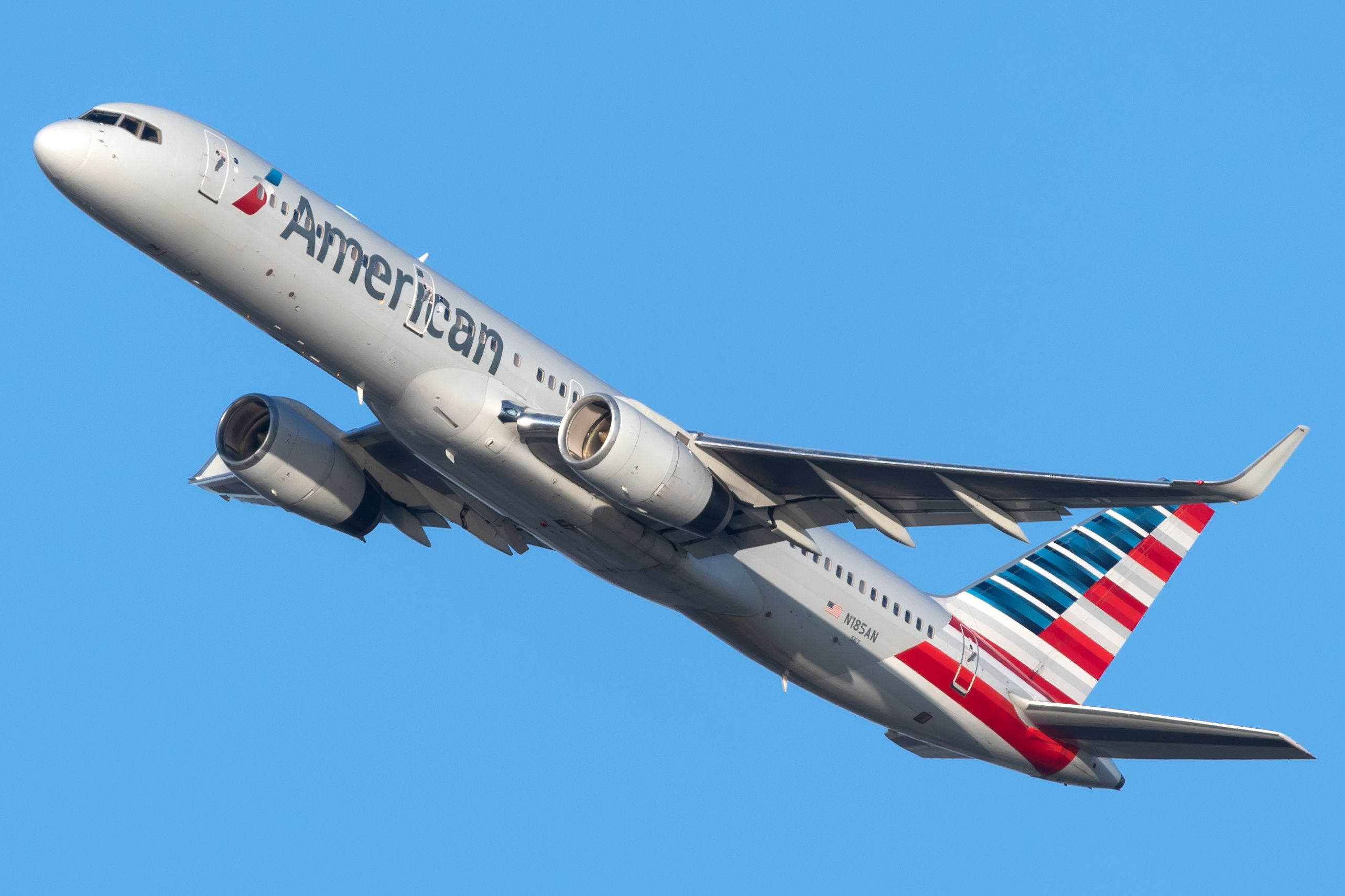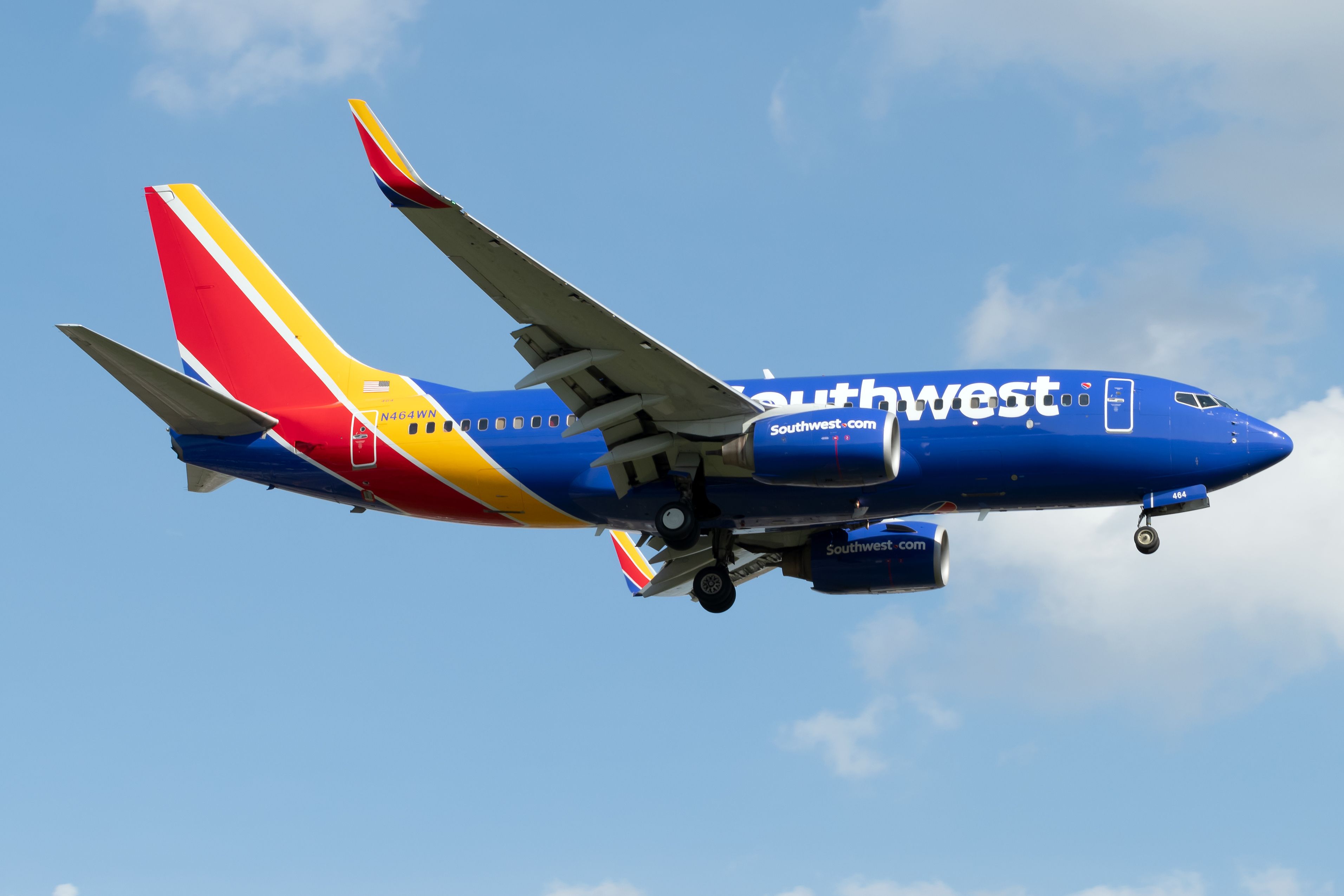Summary
- The FAA is proposing an Airworthiness Directive for operators of Boeing 757 aircraft after reports of airframe cracks, requiring corrective actions or operating limitations.
- The cracks were found on the wings during maintenance and were caused by unplugged liner holes, potentially leading to further cracks if not rectified.
- This is not the first time the FAA has addressed potential cracks in the same areas of 757 aircraft.
The US Federal Aviation Administration (FAA) received reports of airframe cracks being found on the Boeing 757 aircraft and, thus, as a safety measure, is proposing an Airworthiness Directive (AD) for the operators of the aircraft type.
An AD is a document produced by an aviation regulatory body that has identified a safety hazard on an aeronautical product, which is likely to exist or develop on other products of the same design type. The document will contain the required corrective actions to be performed or outline certain limitations under which the product can be continued to operate.
The Directive
A key point, as reported by FlightGlobal, is that this AD is proposed and not an immediate order. It is intended for the operators of US-registered 757s who are required to complete actions that were detailed in the service alert issued by Boeing.
While the cracks were initially found on the Boeing 757-200 aircraft, the AD is applicable to a total of 419 aircraft, which also include the Boeing 757-300 model.
The cracks were found on the left and right wings during maintenance and were found surrounding the liner holes between stringers within the wings.
Stringers are structures that run along the wings (internally), holding frames together and assists in carrying the load along the wing, thereby reducing the concentration of stress experienced.
Reports suggest that upon investigation, Boeing discovered that some liner holes were not plugged, thus creating concentrated stress around the area. If not rectified, this could lead to the formation of cracks.
Not the first time
The service alert from Boeing requires operators to perform repetitive surface high-frequency eddy current inspections to detect any possible cracks and repair them if needed. However, it is worth noting that back in 2018 and 2020, the FAA had issued actions to be taken to address potential cracks in the same areas of 757 aircraft.
But considering that Boeing ended the production of the type in 2003, the youngest of the type would now be around 20 years old. Reports suggest that these cracks were found on aircraft which had clocked up 30,200 flight cycles along with 89,000 flight hours and another aircraft with 40,200 flight cycles along with 90,500 hours of flight time.
Additionally, the wings of the aircraft experience high levels of stress from various directions throughout the flight, at all phases, thus making it one of the most susceptible parts of an aircraft to experience wear and tear.
Get the latest aviation news straight to your inbox: Sign up for our newsletters today.
Other aircraft types
Similarly, in 2019, the Airbus A380 was discovered to experience cracks on its wings which led the European Union Aviation Safety Agency (EASA) to launch investigations on 25 of the oldest aircraft in service at the time.
Furthermore, in 2019, pickle fork cracks were discovered on various Boeing 737 Next Generation aircraft, on which the FAA ordered details inspections when they were notified by Boeing.
Due to the nature of the risk posed on the aircraft wing structure by pickle fork cracks, US-based carriers had to ground affected aircraft. This had affected Southwest Airlines at the time as the carrier, upon inspection of its NG fleet as per the AD, discovered cracks on two of their aircraft.
Source: FlightGlobal.




